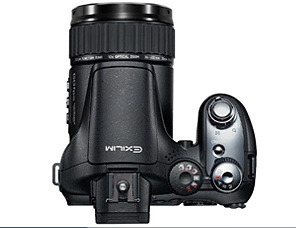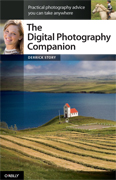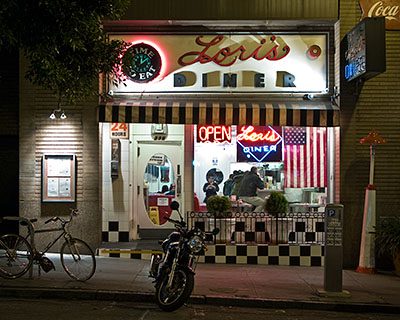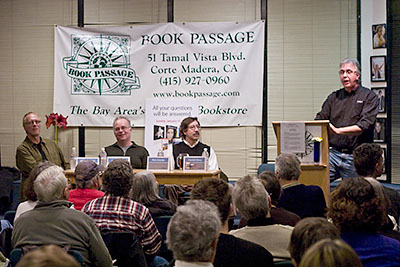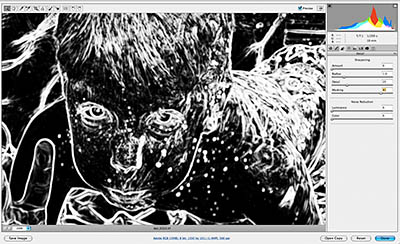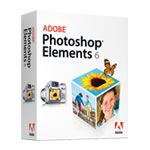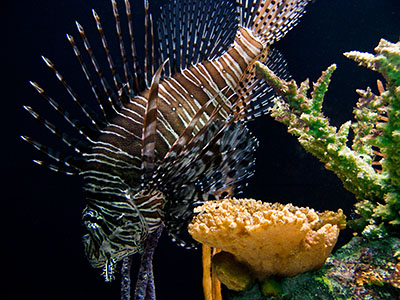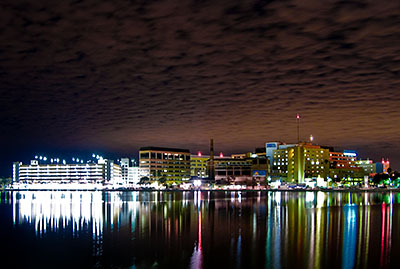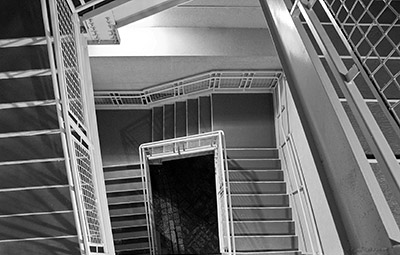
Regardless if you're using Lightroom or just managing files on your own, a good file naming convention that you can apply to your pictures on import will help you stay organized. In his Imaging USA session, "Organizing: Asset Management in Lightroom," Seth Resnick provided this tip.
He created a preset in Lightroom to name his pictures logically when he brings them into the application:
DATE_custom-name_sequential-number.file-extension
So a file would look something like this for a shot he'd take today: 20080107_tampa_0001.cr2
I like his method, but use a variation on it. Instead of adding a sequential number after the custom name, I retain the original file suffix. I like keeping that original number the camera assigns in all of my file names. So my picture would look something like this on import:
20080106_0827_tampa.cr2
The 0827 is the original file suffix the camera assigned. Then, when I output the image for various purposes, such as for web publishing, I add this:
20080106_0827_tampa_web.jpg
Regardless of which method you embrace, now, at the start of 2008, is a good time to establish a useful file naming convention that you can use going forward.
About the photo... I captured this with a Canon G9 while walking down a stairwell in the hotel. I used a GorillaPod to steady the camera during the .8 exposure. I keep the ISO to 80 and converted the image to B&W in Lightroom.
Technorati Tags:
Adobe Lightroom, Canon G9, digital photography, Imaging USA, Technology, The Digital Story
